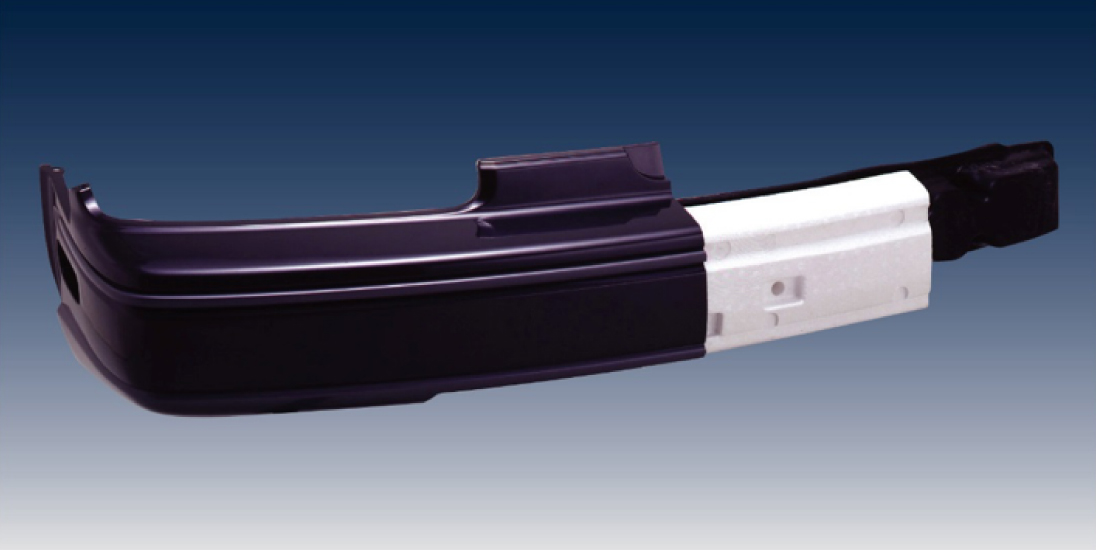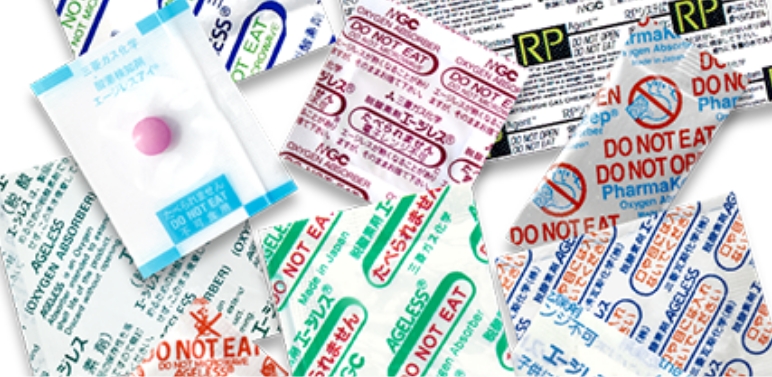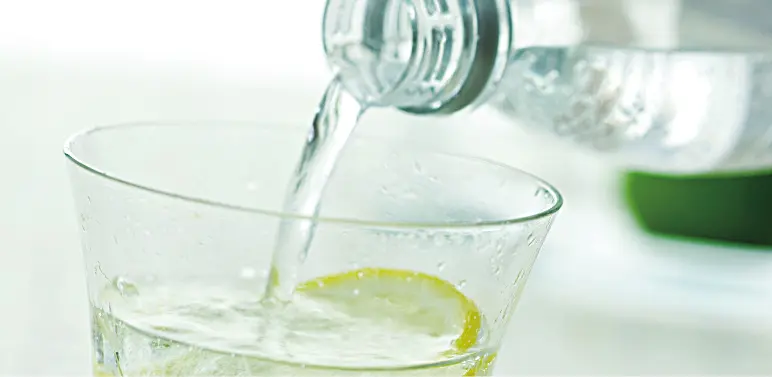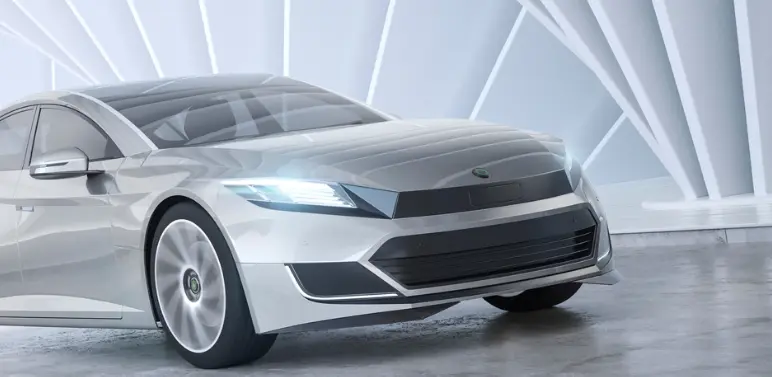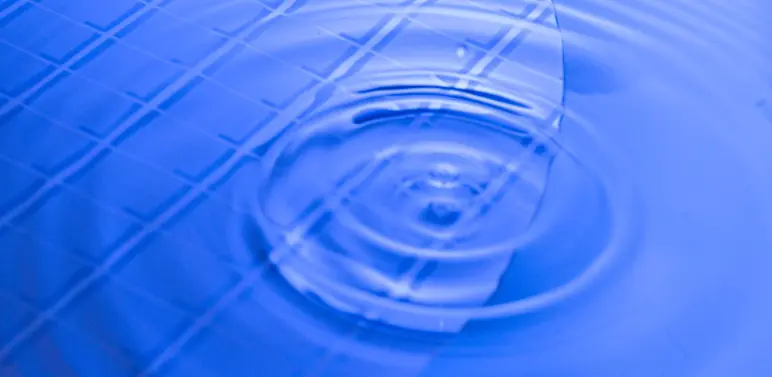Making automobiles lighter and safer automobiles
Foamed Plastic
*Product supplied by JSP

MGC global market share in formed polypropylene
No.1
Air-infused plastic helping to
protect people and the earth
Foamed plastic is resin that has been frothed with air bubbles. When it hardens, the plastic has a sponge-like structure that can be controlled for softness or rigidity. Foamed plastic offers a vastly wider range of properties than standard plastic. Perhaps the most common type of foamed plastic is polystyrene foam, which is used for instant ramen noodle cups and the trays supermarkets use for fish and meat. Industries worldwide are incorporating foamed plastic into their products. For the automotive industry, polypropylene foam is a key material that both lightens vehicle weights and increases safety.
01Lowering the weight of gasoline and electric vehicles
Reducing automobile CO2 emissions has become a major issue for helping to mitigate global warming. One way to reduce CO2 emissions is to realize better fuel efficiency, and making vehicles lighter can do this. The automotive industry is using foamed plastic as a key material to reduce vehicle weights. As a rule of thumb, each 100 kilogram weight reduction in an automobile improves fuel efficiency by 1 kilometer per liter. The industry-wide movement to replace parts made of metal and other materials with the lighter foamed plastic is contributing to rapid improvements in fuel efficiency.
Light vehicle weight is even important for clean-running electric vehicles. The automobile industry has high expectations for foamed plastic as a key material to providing environmentally sound automobiles.
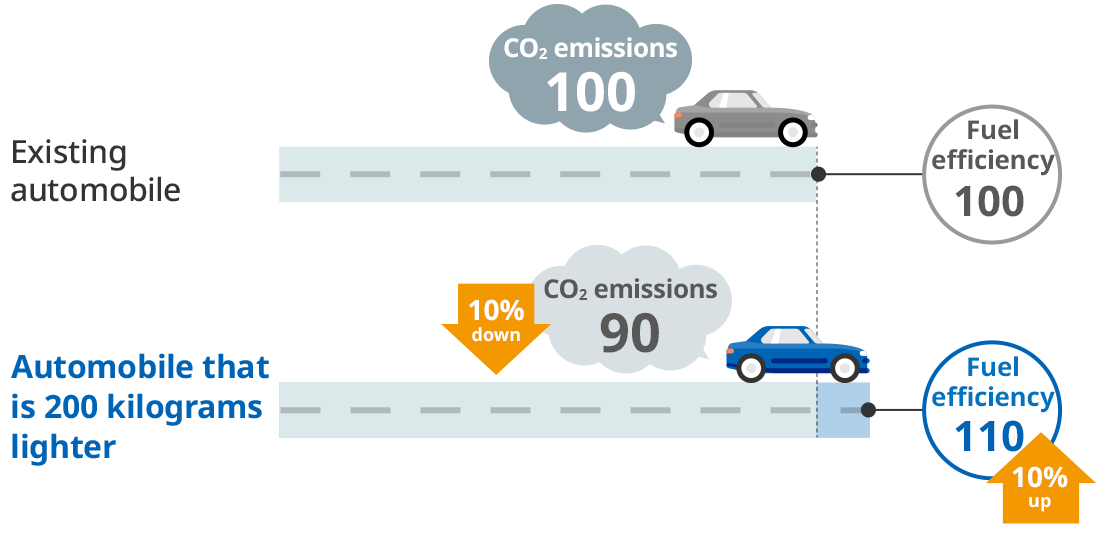
02Foamed plastic is already used for over 10 different auto parts
Automobile makers are using foamed plastic to replace many of the materials used in cars to make them lighter, including bumpers, door pads, sun visors, toolboxes, headrest, and rear seats, as well as in many internal parts in vehicle interiors and exteriors. Foamed plastic can be formed into virtually any size and shape and has the added attribute of the ability to control the plastic’s hardness for a specific application. That workability makes foamed plastic an extremely versatile material with virtually limitless applications.
In recent years, foamed plastic is increasingly being used as a core material for rear seats. Safety experts found that in frontal collisions, back seat passengers tended to slide forward and down into the seat cushion, causing them to slip beneath the lap belt and potentially cause serious internal injuries. To prevent this “submarining,” car safety engineers initially used a matrix of internal wires in the seats, but this created the problem of increasing the weight of the vehicle. By using foamed plastic, engineers have successfully improved safety and lightened vehicle weights.
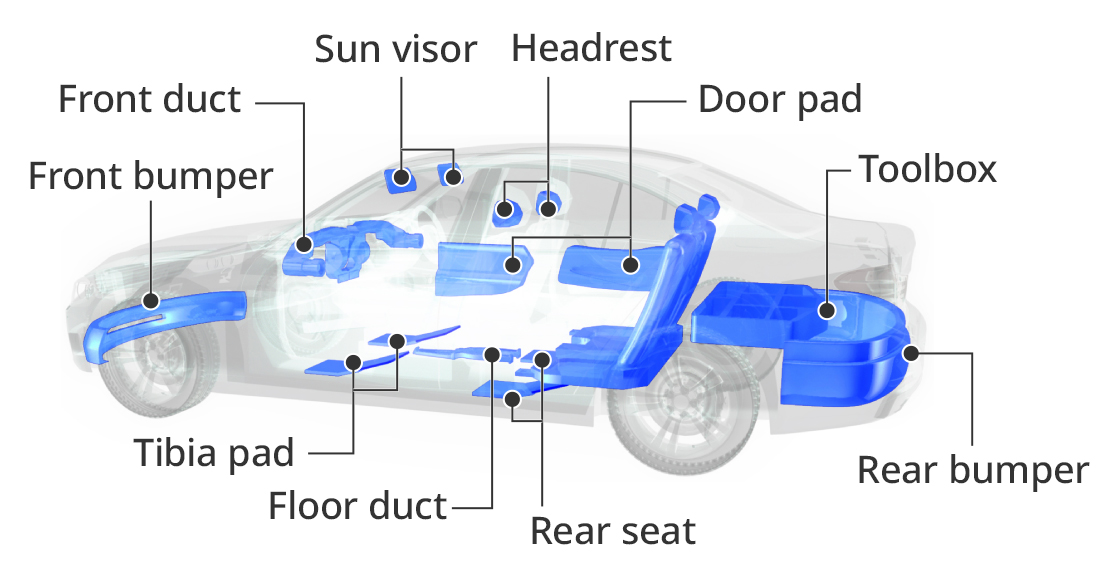
03Improving safety
Foamed polypropylene is the primary core material in automobile bumpers around the world.
When foamed polypropylene was created 35 years ago, bumpers were made of metal, urethane, and other materials. The foamed polypropylene cores used now provide not only superior shock absorption but also are much better at reverting to their original shape after being impacted. Automobile makers worldwide were quick to recognize the advantages of foamed plastic in and rapidly adopted it as the standard core material for bumpers. In addition to front and back bumpers, foamed plastic is also used in several of the parts in door panels. Modern automobiles are designed to provide safety protection to both passengers and pedestrians as well as to the car passengers. Bumpers, door panels, and other exterior and interior modules with foamed plastic cores fulfill all of these requirements. Although you may not be able to see it, foamed plastic is keeping you safe from injury and protecting your life.
